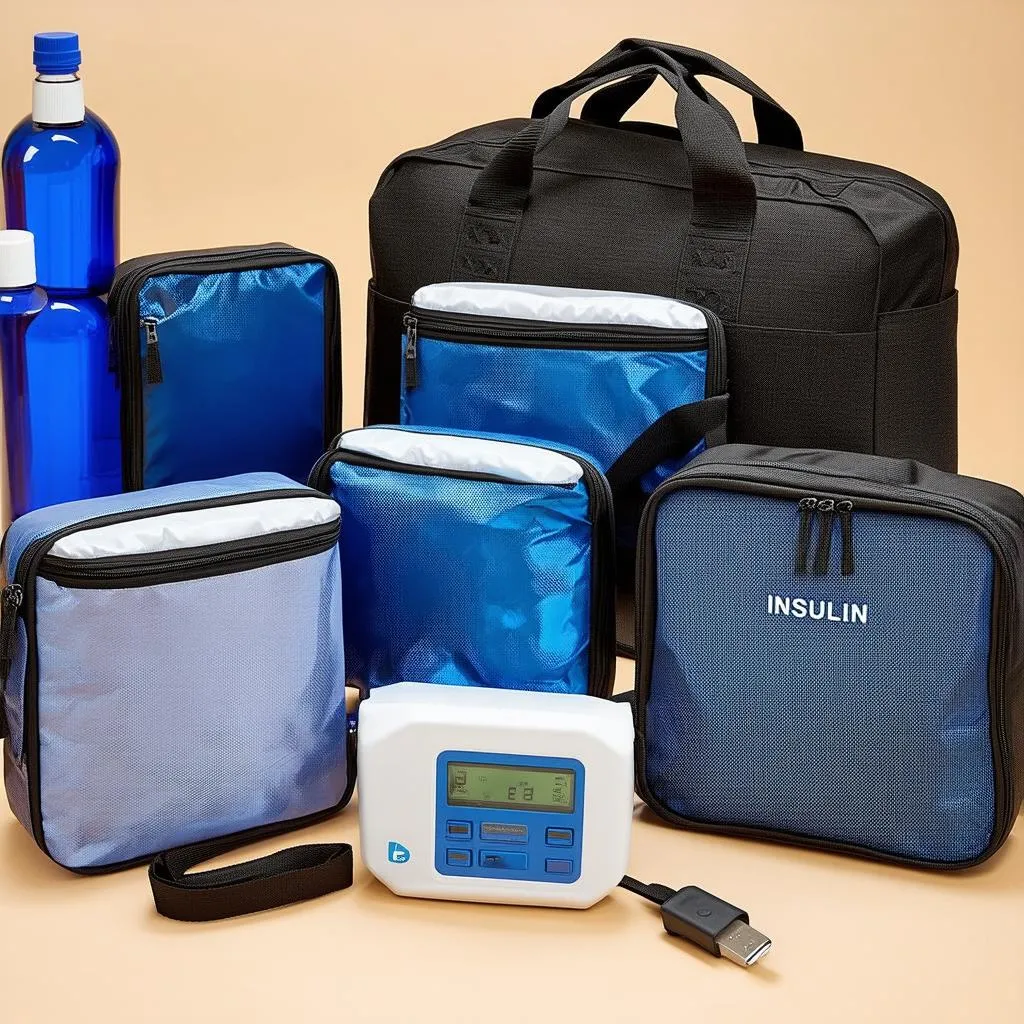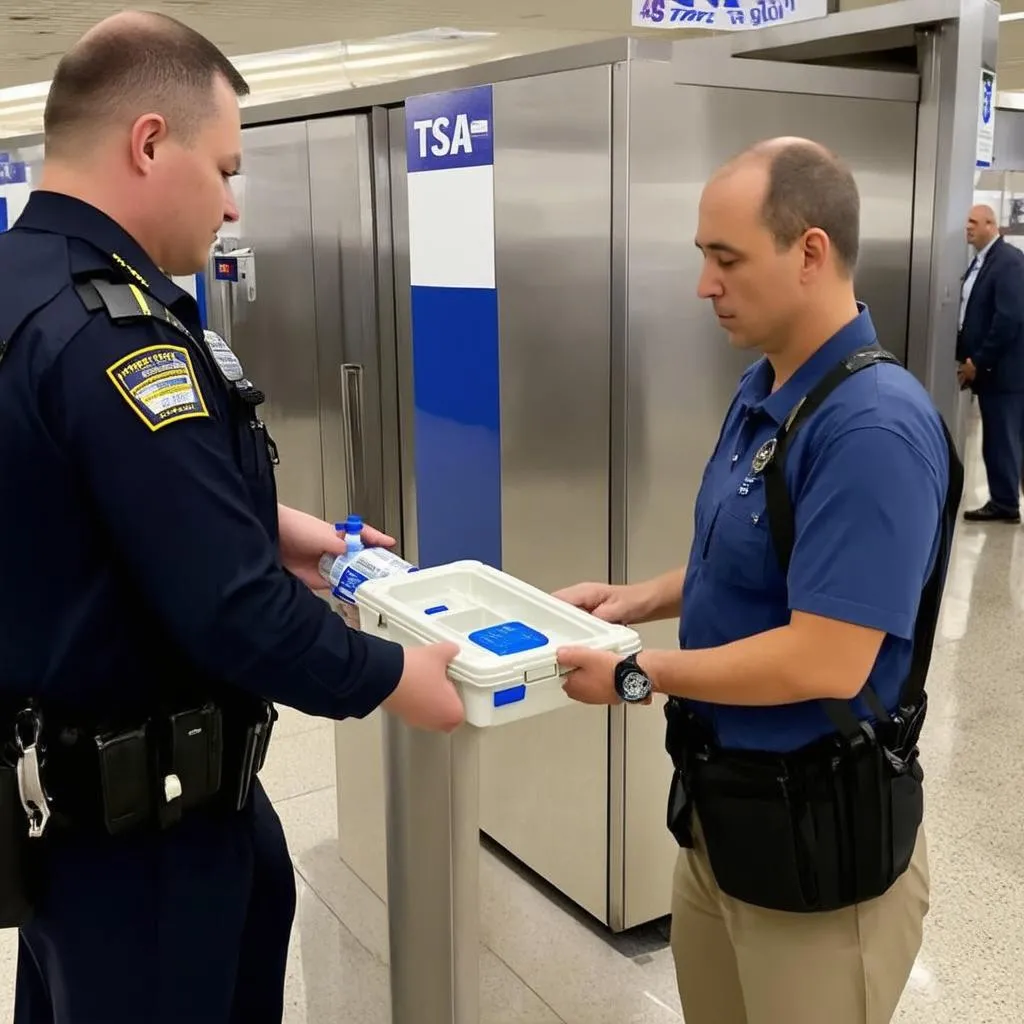Packing for a trip? If you’re one of the millions who rely on insulin, you know that keeping it at the right temperature is crucial. But traveling with insulin doesn’t have to be a stressful game of temperature roulette! Whether you’re headed to the sunny beaches of Bali or a snowy trek through the Swiss Alps, this comprehensive guide will equip you with all the tips and tricks you need to travel confidently with your insulin.
Understanding the Importance of Temperature Control
Insulin is a delicate medication that needs to be kept within a specific temperature range to remain effective. According to the American Diabetes Association, insulin should be stored between 36°F and 46°F (2°C to 8°C). Exposing insulin to extreme heat or freezing temperatures can damage its potency, putting you at risk.
Imagine you’re about to climb the Eiffel Tower, excited to check this iconic landmark off your bucket list, but suddenly realize your insulin might have been compromised due to poor storage during the flight. Talk about a mood dampener! That’s why understanding how to keep insulin cold while traveling is essential for a worry-free trip.
Choosing the Right Insulin Cooler
Travel Insulin Coolers
Investing in a good travel insulin cooler is arguably the most critical step in ensuring your insulin stays at a safe temperature. There are several types available, each with pros and cons:
Insulated Bags with Ice Packs: These are an affordable and popular option. Look for bags specifically designed for medication, like those with multiple compartments and leakproof liners.
Frio Cooling Wallets: These wallets use evaporative cooling to keep insulin cold without ice packs. They’re lightweight and perfect for short trips.
Electric Coolers: Powered by a car adapter or wall outlet, electric coolers offer a consistent temperature. They’re ideal for longer journeys and road trips.
 Different Types of Insulin Coolers
Different Types of Insulin Coolers
Tips for Choosing Your Cooler
- Trip Duration: For short trips, a Frio wallet or a small insulated bag might suffice. However, longer trips might necessitate an electric cooler.
- Destination Climate: If you’re headed to a hot and humid destination, an electric cooler or a well-insulated bag with extra ice packs would be a safer bet.
- Airline Regulations: Always check with your airline regarding their policies on carrying medication and coolers.
Packing Your Insulin for Travel
Once you have your cooler, packing it correctly is equally important:
- Pre-Cool Your Cooler: Before packing your insulin, cool your cooler to the recommended temperature. This will help maintain a stable environment for your medication.
- Use Ice Packs Wisely: If using ice packs, ensure they’re properly frozen and packed snugly around your insulin. Avoid direct contact between ice packs and insulin to prevent freezing.
- Carry a Thermometer: A small thermometer inside your cooler lets you monitor the temperature regularly, providing peace of mind.
- Keep It With You: Always carry your insulin in your carry-on luggage, not checked baggage. This ensures you have access to your medication throughout your journey.
Navigating Airport Security with Insulin
Going through airport security with insulin might seem daunting, but it’s usually a straightforward process:
- Notify Security Personnel: Inform the TSA officer about your insulin and cooler before it goes through the X-ray machine.
- Separate Your Supplies: Keep your insulin, cooler, and any accompanying documentation (like a doctor’s note) separate from other items in your bag for easy inspection.
- Request a Hand Inspection: You can request a hand inspection of your insulin and cooler instead of sending it through the X-ray machine.
 A traveler showing their insulin and cooler to airport security personnel.
A traveler showing their insulin and cooler to airport security personnel.
Maintaining Insulin Temperature at Your Destination
Congratulations, you’ve arrived! But your responsibility doesn’t end there. Here’s how to keep your insulin safe at your destination:
- Hotel Room Storage: Request a refrigerator in your room or inquire about storing your insulin at the hotel’s reception.
- Be Mindful of the Heat: Avoid leaving your insulin in direct sunlight, a hot car, or near heat sources.
- Plan for Activities: If you’re out and about, use a small insulated bag with an ice pack to keep your insulin at the right temperature.
FAQs about Traveling with Insulin
Can I bring insulin on a plane?
Absolutely! You are allowed to carry insulin and necessary supplies in your carry-on luggage on airplanes. Just be sure to follow the TSA guidelines mentioned earlier.
What if my insulin freezes?
Frozen insulin is ineffective and should not be used. Always check the temperature inside your cooler, especially after flights or long journeys.
Can I use gel packs instead of ice packs?
Yes, gel packs are a great alternative to traditional ice packs. You can find out more about using gel packs for traveling with insulin in our detailed guide: [link to “Are gel packs good for traveling with Insulin?” article]
Do I need a doctor’s note for traveling with insulin?
It’s highly recommended to carry a doctor’s note stating your need for insulin and related supplies. This can help avoid any potential issues at airport security or customs.
Conclusion
Traveling with insulin requires a bit of extra planning, but it shouldn’t stop you from exploring the world. By following these tips, choosing the right cooler, and staying informed about airline regulations, you can enjoy your adventures while keeping your insulin safe and effective.
Safe travels, and remember, the world is your oyster!
For more helpful tips on traveling with medication, check out our other informative articles:
- [How do you keep medicine cold when traveling?]
- [How to travel with medication that needs refrigeration?]
- [How to travel with insulin?]
We’d love to hear about your experiences! Share your tips for traveling with insulin in the comments below.